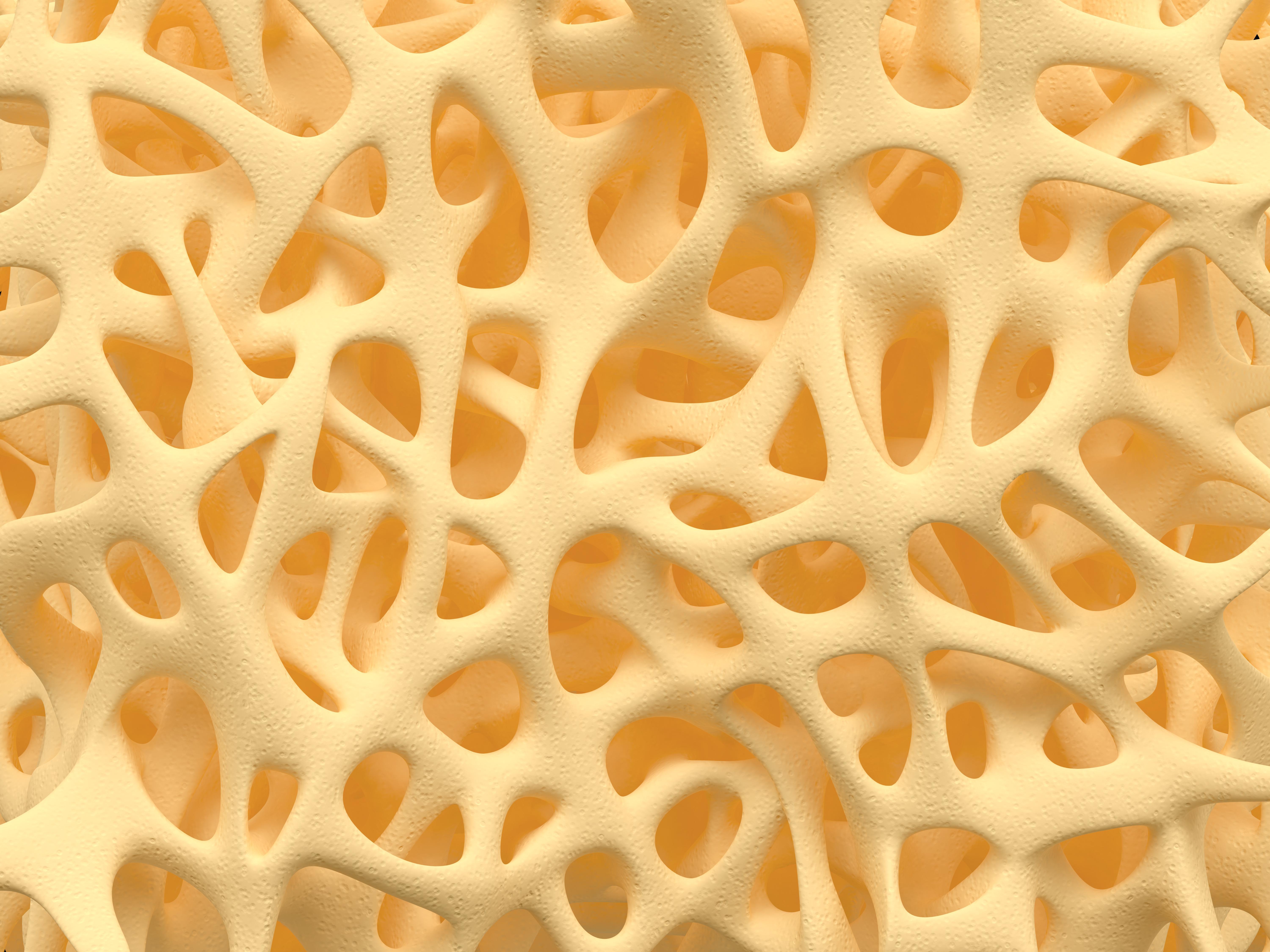Article
New UK Guidelines Released for Diagnosis, Management of Osteoporosis
Author(s):
On April 20, the UK National Osteoporosis Guideline Group released updated guidance for the diagnosis, prevention, and treatment of osteoporosis, which has received endorsements from the IOF and ESCEO.

The UK National Osteoporosis Guideline Group (NOGG) has released updated guidance for prevention and treatment of osteoporosis.
Published on April 20, the guideline, which has been endorsed by the International Osteoporosis Foundation (IOF) and by the European Society for the Clinical and Economic Aspects of Osteoporosis, Osteoarthritis and Musculoskeletal Diseases (ESCEO), represents the first update to guidance for prevention and treatment of osteoporosis since the NOGG’s guidelines update in 2017.
“The NOGG, established in 2007, is a multidisciplinary group of 20 individuals that includes patient representation and professionals involved in the care of people with osteoporosis,” said lead author Celia Gregson, PhD, professor of clinical epidemiology in the Musculoskeletal Research Unit at the University of Bristol, in a statement. “It has taken this team more than 18 months to review, appraise and collate the necessary evidence to write this important new guideline for primary and secondary care use. The guideline has been reviewed and supported by 18 professional and/or patient organizations in the field, including the Royal Osteoporosis Society.”
With accreditation from the National Institute of Health and Care Excellence, the guideline reviews the assessment and diagnosis of osteoporosis, the therapeutic interventions available, and the approaches for the prevention of fragility fractures, in postmenopausal women, and in men aged 50 years or older. Published on the NOGG website, the guideline is accompanied by a 2-page summary of the main recommendations, a set of 52 frequently asked questions, and a multitude of other useful resources.
Composed by Gregson and 19 colleagues from institutions across Europe, recommendations in the document are based on data obtained within systematic reviews, meta-analyses and randomized controlled trials related to osteoporosis management. In their statement announcing the release, the IOF highlighted multiple updates within the guideline, including recommendations regarding fracture liaison services, training of clinicians and allied health professionals, service commissioning, and criteria for audit and quality improvement in service provision. Other major updates within the new guidelines highlighted by the IOF in their statement included:
- Greater emphasis on vertebral fracture detection
- New concept of ‘very high fracture risk’ which should prompt consideration of the use of parenteral anti-osteoporosis therapy
- New guidance regarding anabolic treatment options
- Urgent need to get patients with a fragility fracture onto treatment to reduce refracture risk with follow-up to check tolerance and ensure adherence
- Use of intravenous zoledronate as a first-line anti-osteoporosis therapy
- Concerns regarding denosumab cessation
- Intervention thresholds for patients too frail to undergo bone density scanning
“Given the underdiagnosis and undertreatment of osteoporosis, it is critically important that physicians are aware of best-practice standards and the many recent advances in the field. We hope that the updated NOGG guidelines, which include recommendations for improved service provision in both primary and secondary care settings, will be widely disseminated to clinicians across the UK,” added John Kanis, honorary president of the IOF and a professor and director in the Centre for Metabolic Bone Diseases at the University of Sheffield, in the aforementioned statement.
This guideline, “Clinical Guideline for the Prevention and Treatment of Osteoporosis” was published on the NOGG website and simultaneously published as an open-access position paper in Archives of Osteoporosis.





